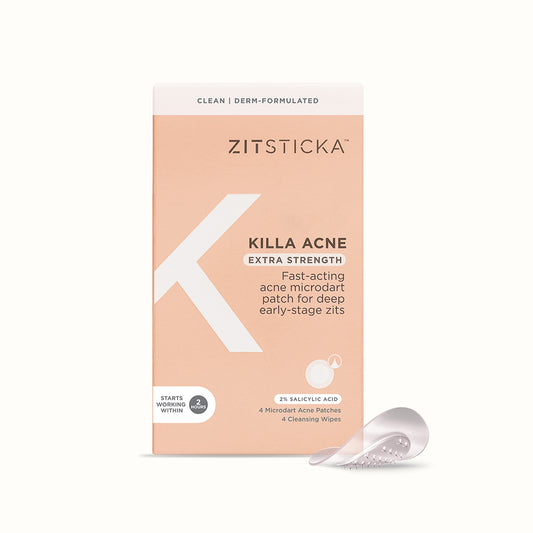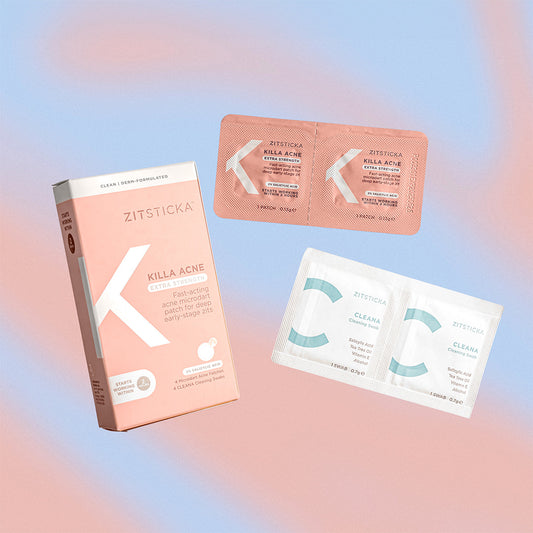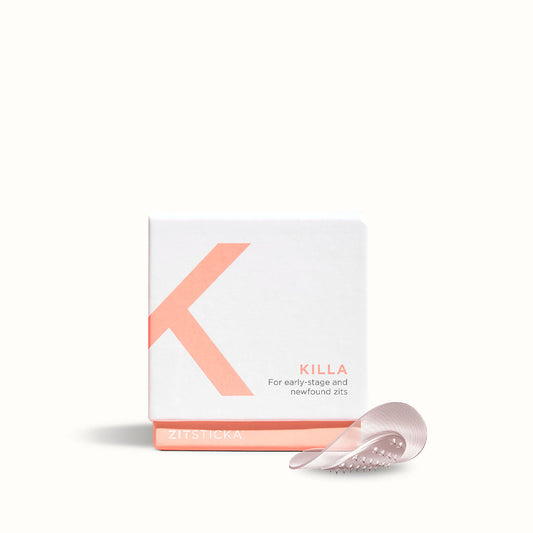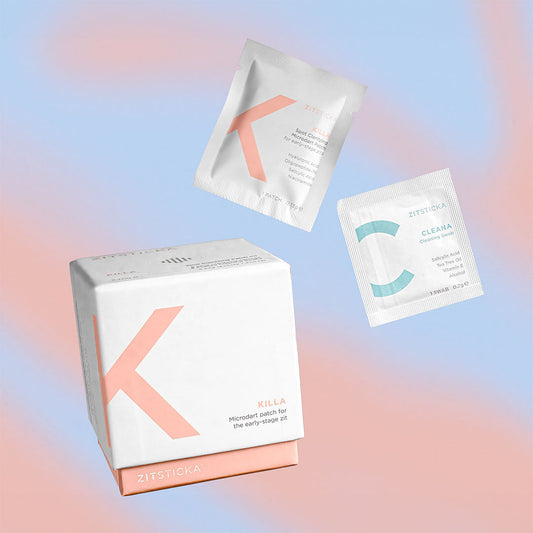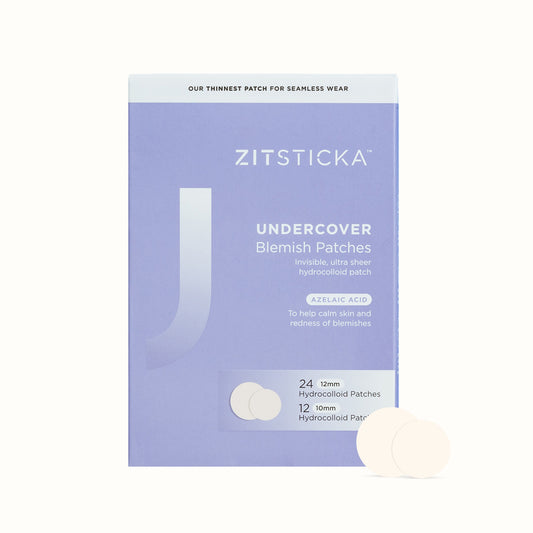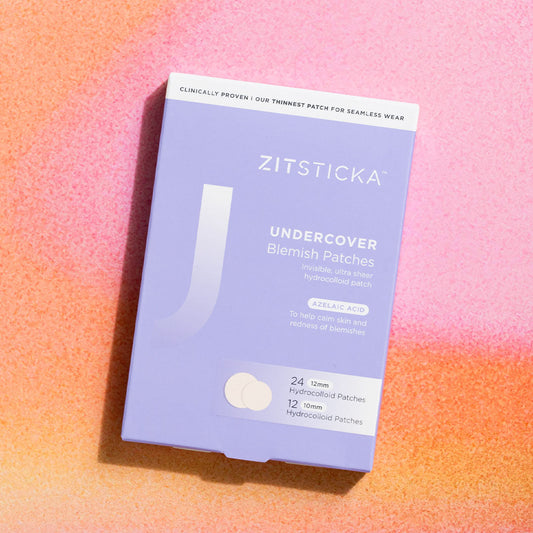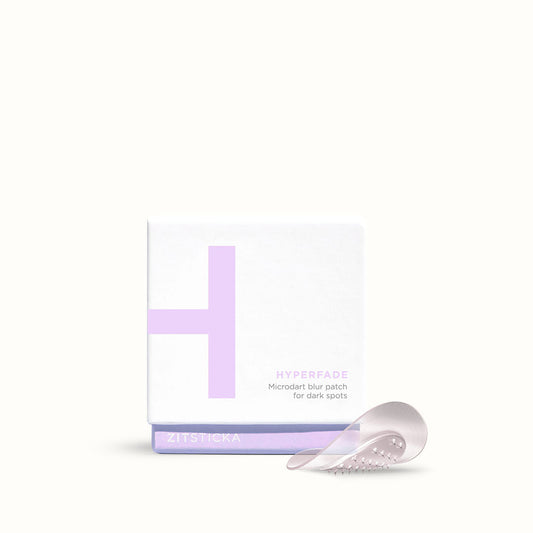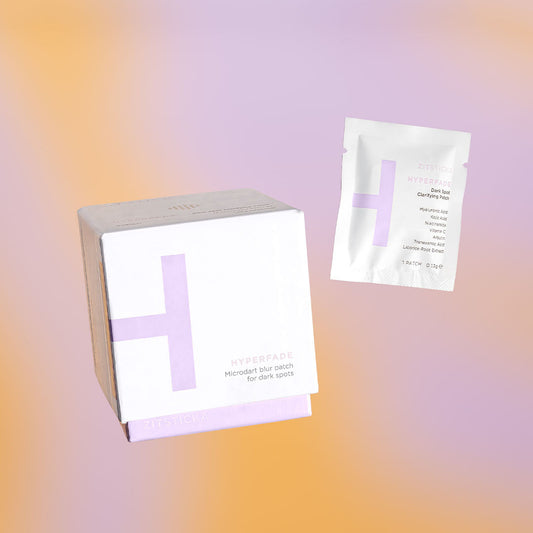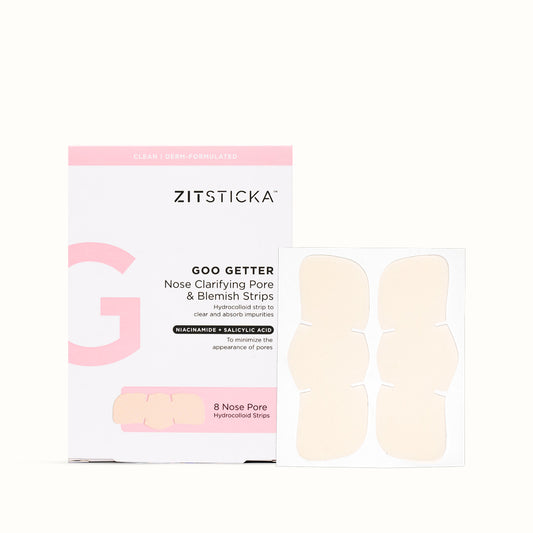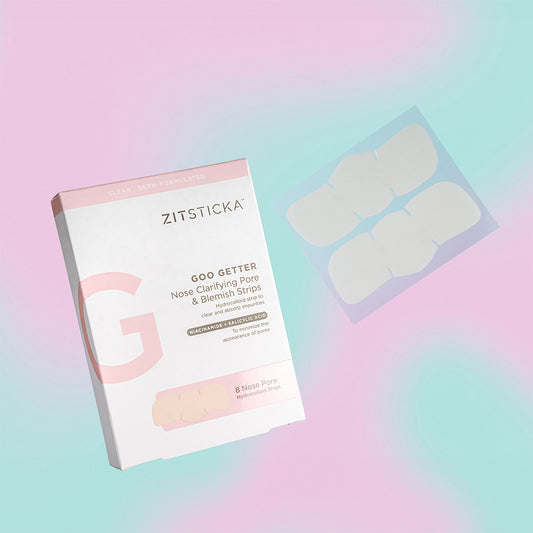Nothing quells self confidence quite like a dusting of dandruff cascading down your back and shoulders. Especially if those shoulders are clothed in a black cashmere jumper—a little something I learned the hard way recently. At times, my scalp is flakier than half of Millennials are on a Friday night, but despite this, I haven’t deployed any sort of plan to clear it other than occasionally tossing Head & Shoulders into my weekly shopping basket.
You too? Ok. Let’s change that! In order to squash the dandruff beast as it has tried to squash your self esteem, you must first know what you are up against. And before you beat yourself up too much, know that dandruff is incredibly common—in fact, according to the National Institute of Health, nearly half of adults suffer from some form of dandruff.
The cause?
Scientists have pointed to a few potential likely triggers when it comes to the D word. Dandruff is the common name for seborrheic dermatitis on the scalp, and is a condition that causes red, flaky and itchy skin. The scales flake off and are then shed as dandruff. Gross. Scientists have also pointed to a naturally occurring yeast-like fungus called Malassezia as another key trigger. These fungi feast on your scalp oils by using enzymes, and when this happens, it creates oleic acid which seeps into the scalp and causes your skin to shed. So, basically, it’s not a matter of dry or oily skin, or a reflection on your hygiene levels, but a matter of fungi *resists urge to make a fun guy joke.* Scientists aren’t 100% on the exact cause, but seborrheic dermatitis is thought to be an abnormal immune response to the fungus in question. Things like stress, age and hormone levels can also cause the fungus to multiply. Also of note: a flaky scalp does not always mean dandruff—it could also be psoriasis or eczema.
The plan!
There is no definitive cure for dandruff—it’s a long-term chronic condition that will come and go over time. But, there are things you can do to control it when you feel an onset, as outlined below…
Use a medicated shampoo
There’s no shortage of dandruff shampoos on the market—in fact, it’s a $300 million a year industry. Keep your eyes peeled for shampoos that contain antiseptic properties, like zinc pyrithione, selenium disulfide, sulfur, salicylic acid, ketoconazole and tar. Trial different shampoos until you find one with a cocktail of the above ingredients that works for you. Also, hot tip: before you shampoo, apply warm coconut oil for 30 minutes to remove any thick buildup on the scalp, then massage the shampoo in (using either your fingers or a shampoo brush!*).
Take a look at your diet
Persistent dandruff is generally a sign of yeast-overgrowth elsewhere in the body, especially the gastrointestinal tract. To kick that dandruff to the curb, avoid foods that encourage yeast growth such as sugar, alcohol, refined carbohydrates (like white rice and pasta), along with bread, dried fruit, stock cubes, alcohol, vinegar, soy sauce, peanuts and mushrooms. Instead, base your diet around meat, fish, fresh vegetables, beans, lentils and some whole grains such as brown rice and oats.
Raid your kitchen cupboard
There’s a whole slew of at-home treatment options that can help to gently push the dandruff on out of your life. Raw honey, apple cider vinegar, and tea tree oil all have antifungal properties and help to balance your pH levels.
Seek the help of a professional
If you’ve trialled the above without seeing any improvements, it’s time to enlist the help of a dermatologist. They’ll be able to find the cause of your dandruff, and in turn prescribe a targeted treatment that works.
Need to clear dandruff AND that monthly hormonal zit? Better read this.

